My university vacations started. I'll be publishing airplanes more frequently.
ABOUT
J30-200 max-P is a version of the J30-200 with reenforced landing gear, improved brakes, more thrust power and special hardware for takeoffs and landings on unprepared runways.
J30 SERIES (2021) MANUAL
ENGINES
START UP
Use AG2 to turn on the engines. There will be a delay powering up the engines until they're fully turned on.TAKE OFF
For take-off configuration, engines have two configurations recommended by CM:
• 80%: Recommended option, as it saves fuel although it occupies more runway for take-off, approximately 3200 ft.
• 100%: It increases aircraft performance for take-off, usually consumes 3% - 6% of fuel.FLIGHT
Once the cruising altitude has been reached, it is recommended to use engines from 60% to 70% of their power to save fuel.LANDING
The power required for landing varies depending on the weight of the aircraft and the altitude at which it is located. Usually not more than 40% of engine power.
AG3 Will enable thrust reversers, automatically activated when touching ground, above 80 knots and throttle at idle.APU & ATU
AG4 activates APU and ATU, ATU (Auxiliary Thrust Unit) gives the aircraft an extra thrust force, it will deactivate if the aircraft is under 500 ft. APU actually is only sound, it has a low fuel consume.PUSHBACK
AG4 + AG3 Activates pushback, it will not exceed 5 knots. Once done, deactivate AG3. If deactivation is forgotten, it'll be deactivated once the 3 knots were exceeded.
FLAPS & SLATS
FLAPS
They extend up to 40 degrees, flaps will be deployed according to the configuration of the VTOL inputs (0.1, 0.25, 1, 2).SLATS
The slats work in conjunction with the flaps.
If the aircraft is above 2,600 ft. and less than 125 Knots [IAS], the auto-slats will be activated automatically, they help the aircraft to have better control of it stalls.TAKE OFF
The recommended flap configuration for take-off is 0.1 or 0.25, depending on the weight of the aircraft.FLIGHT
Above 10,000 ft. it is recommended that flaps are completely retracted, this excludes in approach or landing scenarios.LANDING
Flaps limit table according VTOL input:
• VTOL 0.1 = 250 Knots.
• VTOL 0.25 = 250 Knots.
• VTOL 1 = 200 Knots.
• VTOL 2 = 170 Knots.
SPOILERS & FLIGHT BRAKES
SPOILERS
AG5 Shall automatically deploy spoilers as long as the aircraft makes ground contact. If the thrust is equal to or exceeds 50%, the spoilers will be deactivated and retracted.FLIGHT BRAKES
AG5 + BRAKES If the aircraft is below 2,500 ft., the flight brakes will not be available.
LIGHTS
NAVIGATION LIGHTS
AG8 Activates and deactivates navigation lights.BEACON LIGHTS
Beacon lights will be activated when the engines start.STROBE & ANTI-COLLISION LIGHTS
AG1 Activates and deactivates strobe and anti-collision lights, normally activated when the aircraft enters an active runway.TAXI & LANDING LIGHTS
AG6 Activates and deactivates the landing lights, AG7 activates and deactivates taxi lights, both usually deactivates after take-off, when aircraft reaches 10,000 ft.
J30-200 max-P PERFORMANCE & EQUIPPMENT
SPEEDS
Recommended Takeoff Speed: 160 [IAS] Knots.
Recommended Landing Speed: 140 [IAS] Knots.
Cruise Speed: 480 [TAS] Knots.
Top Speed: 590 [TAS] Knots
Top Speed Never Exceeded: 700 [TAS] Knots.
Stall: 120 [IAS] Knots.EQUIPPMENT
Powerplant: CE-L10-1S1 x 2
Gravel Kit: YesALTITUDES
Cruising Altitude: 25,000 ft. / 37,000 ft.
Service Ceiling: 38,000 ft.RUNWAY REQUIREMENTS
Take-Off Runway Minimum Length: 3100 ft.
Landing Runway Minimum Length: 1700 ft.PERFORMANCE TEST NOTES
Test were made with aircraft at full load capacity.
Takeoff and Landing tests were performed in Wright Airport.
Top speed tests were performed at 25,000 ft.
Runway requirements information was obtained using recommended take-off and landing speeds.
Landing and Takeoff speed may vary depending on aircraft load.
Landing and Takeoff distance may vary depending on aircraft load.
Mobile tests were performed on iPhone 13 Pro & iPad Mini (5th Gen)
Specifications
General Characteristics
- Created On Windows
- Wingspan 93.5ft (28.5m)
- Length 104.2ft (31.8m)
- Height 41.0ft (12.5m)
- Empty Weight 80,096lbs (36,331kg)
- Loaded Weight 221,000lbs (100,244kg)
Performance
- Power/Weight Ratio 2.397
- Wing Loading 66.0lbs/ft2 (322.4kg/m2)
- Wing Area 3,347.1ft2 (311.0m2)
- Drag Points 23631
Parts
- Number of Parts 458
- Control Surfaces 19
- Performance Cost 2,384

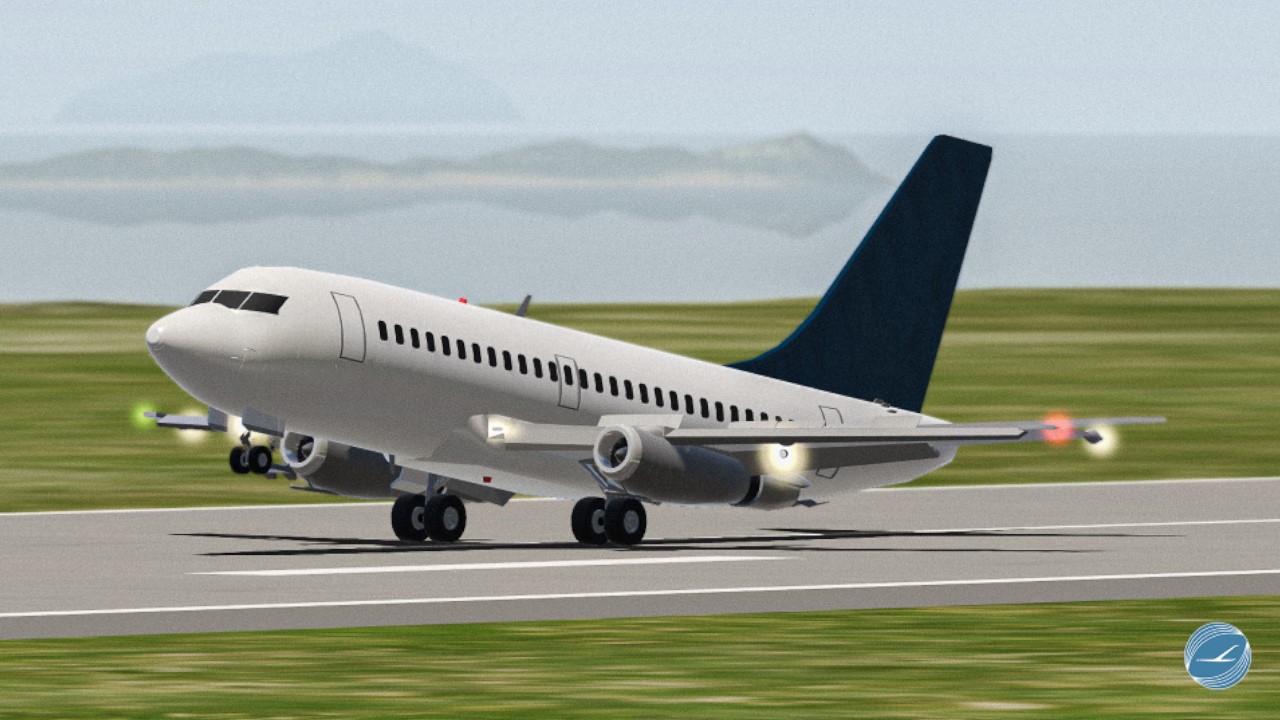
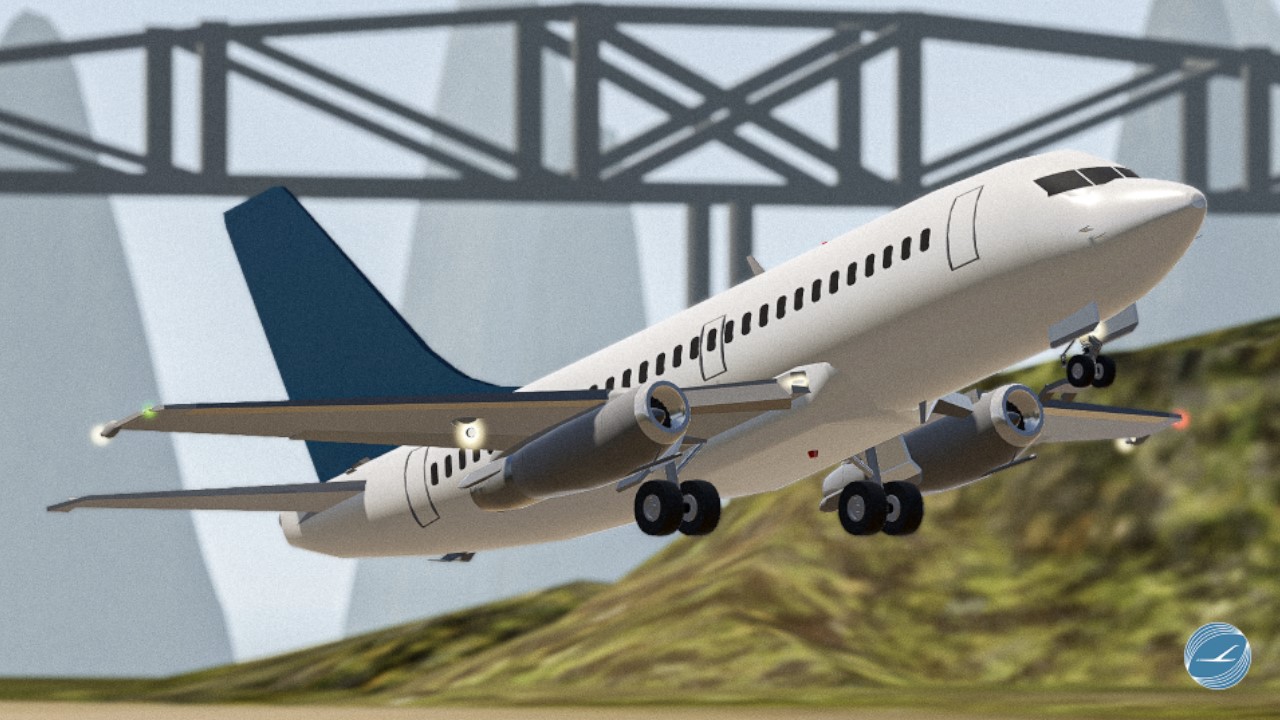
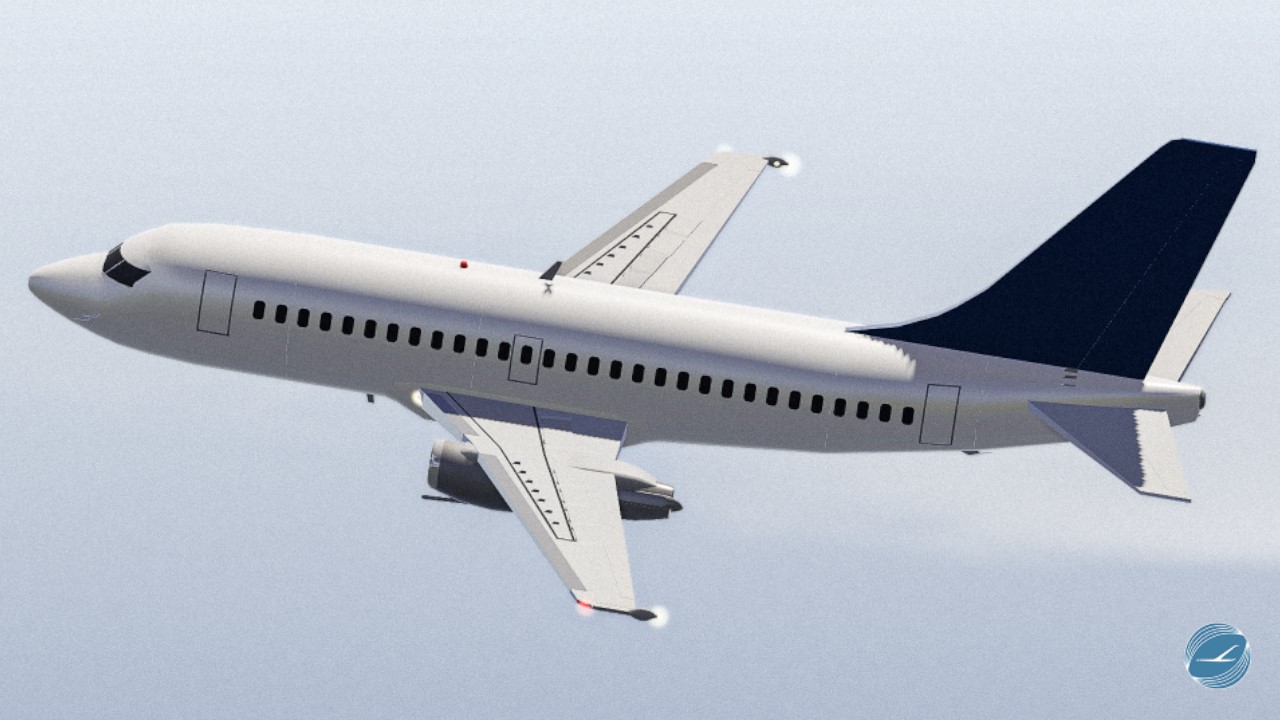
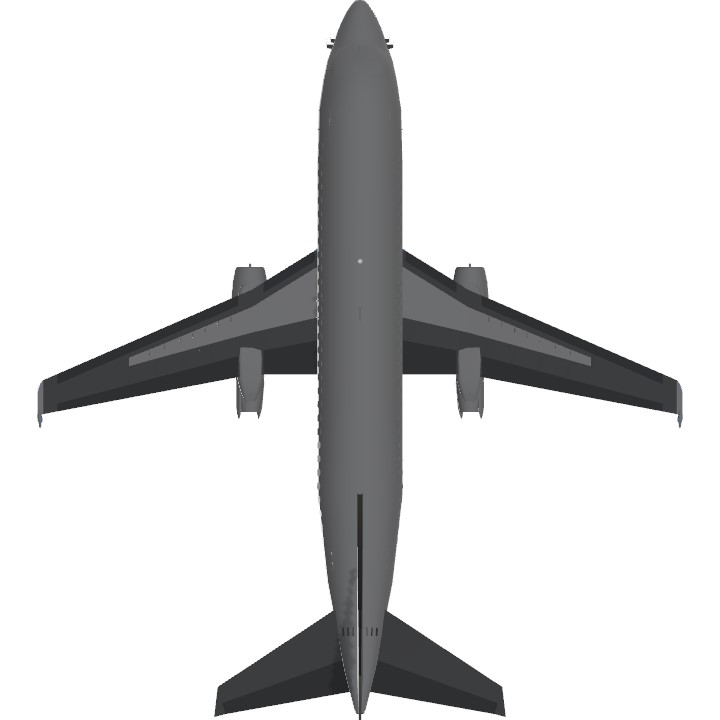
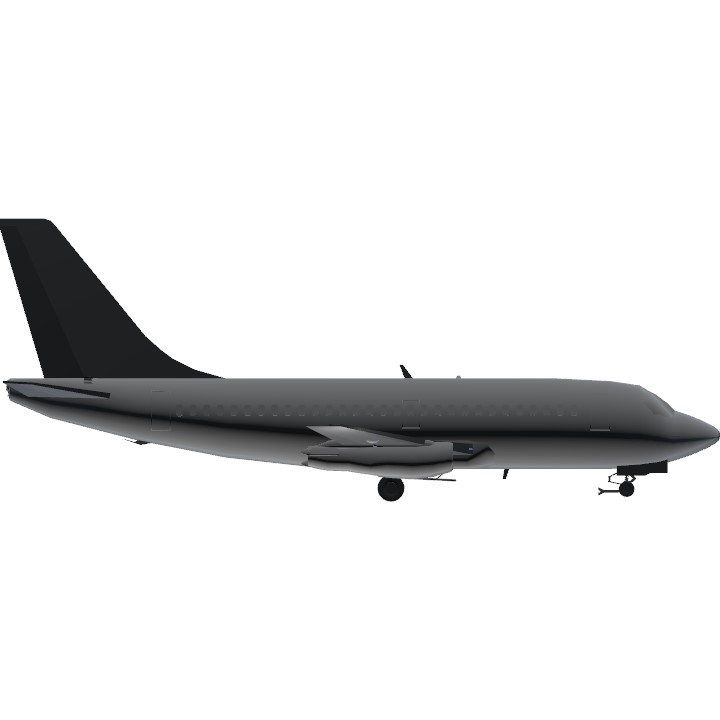

If you have any doubts with aircraft operation, please leave a comment!
@MyReaktorIsLeak Yes
@MashMellow Swiss 001 moment
Yes finally i can Butter some planes now